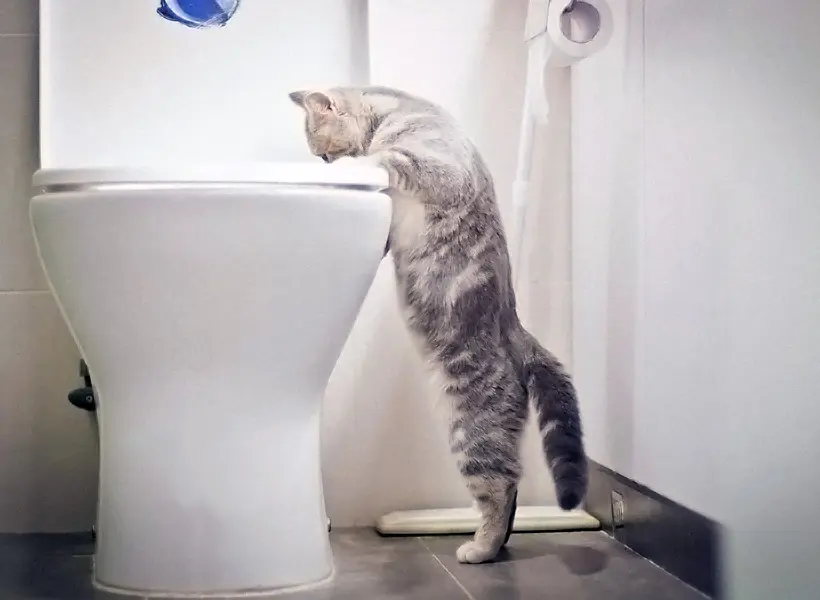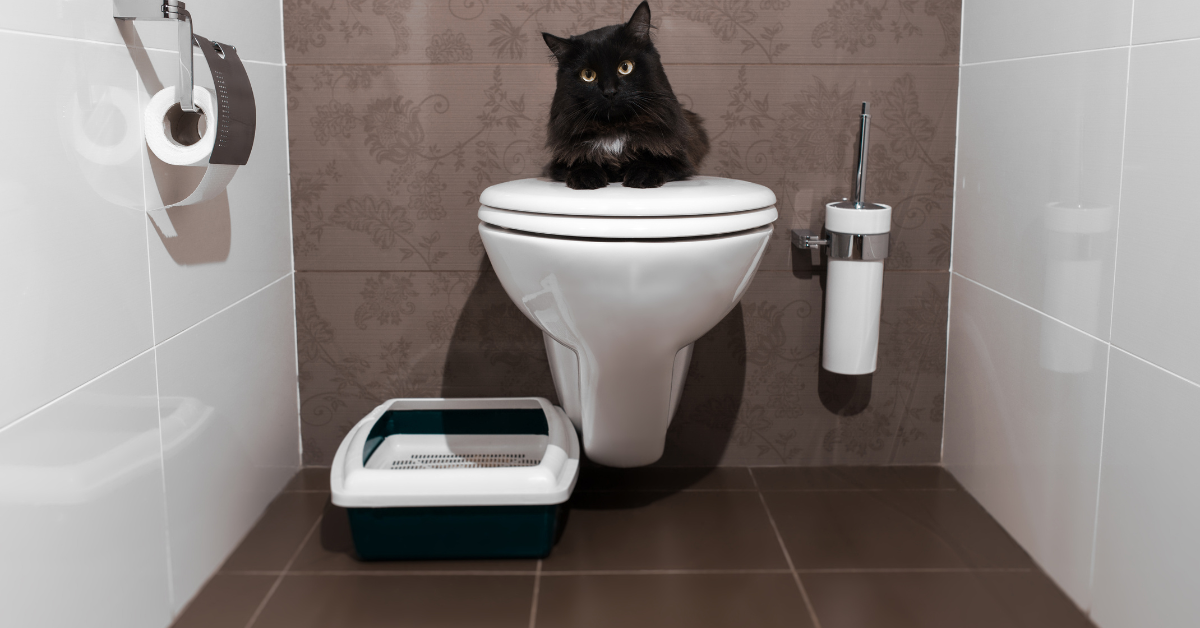We've discovered this post relating to Don’t flush cat feces down the toilet down the page on the internet and figured it made good sense to discuss it with you in this article.

Intro
As pet cat owners, it's essential to bear in mind just how we deal with our feline close friends' waste. While it might seem convenient to purge pet cat poop down the bathroom, this method can have harmful consequences for both the environment and human wellness.
Alternatives to Flushing
Luckily, there are more secure and a lot more accountable ways to dispose of cat poop. Think about the following options:
1. Scoop and Dispose in Trash
One of the most common technique of disposing of pet cat poop is to scoop it into a naturally degradable bag and throw it in the garbage. Make certain to utilize a devoted litter inside story and deal with the waste without delay.
2. Use Biodegradable Litter
Go with biodegradable pet cat litter made from products such as corn or wheat. These trashes are environmentally friendly and can be safely thrown away in the trash.
3. Hide in the Yard
If you have a lawn, take into consideration burying pet cat waste in a designated location far from veggie gardens and water sources. Make sure to dig deep enough to prevent contamination of groundwater.
4. Mount a Pet Waste Disposal System
Invest in a family pet garbage disposal system especially developed for pet cat waste. These systems utilize enzymes to break down the waste, lowering smell and ecological influence.
Health Risks
In addition to environmental concerns, flushing cat waste can also posture health and wellness threats to humans. Cat feces may contain Toxoplasma gondii, a bloodsucker that can cause toxoplasmosis-- a possibly extreme illness, particularly for pregnant ladies and individuals with weakened immune systems.
Environmental Impact
Purging feline poop introduces hazardous microorganisms and parasites right into the water system, posturing a considerable risk to marine communities. These impurities can adversely influence marine life and concession water high quality.
Verdict
Responsible animal possession extends past supplying food and shelter-- it additionally entails proper waste monitoring. By refraining from flushing cat poop down the commode and choosing different disposal methods, we can decrease our environmental footprint and safeguard human health.
Why Can’t I Flush Cat Poop?
It Spreads a Parasite
Cats are frequently infected with a parasite called toxoplasma gondii. The parasite causes an infection called toxoplasmosis. It is usually harmless to cats. The parasite only uses cat poop as a host for its eggs. Otherwise, the cat’s immune system usually keeps the infection at low enough levels to maintain its own health. But it does not stop the develop of eggs. These eggs are tiny and surprisingly tough. They may survive for a year before they begin to grow. But that’s the problem.
Our wastewater system is not designed to deal with toxoplasmosis eggs. Instead, most eggs will flush from your toilet into sewers and wastewater management plants. After the sewage is treated for many other harmful things in it, it is typically released into local rivers, lakes, or oceans. Here, the toxoplasmosis eggs can find new hosts, including starfish, crabs, otters, and many other wildlife. For many, this is a significant risk to their health. Toxoplasmosis can also end up infecting water sources that are important for agriculture, which means our deer, pigs, and sheep can get infected too.
Is There Risk to Humans?
There can be a risk to human life from flushing cat poop down the toilet. If you do so, the parasites from your cat’s poop can end up in shellfish, game animals, or livestock. If this meat is then served raw or undercooked, the people who eat it can get sick.
In fact, according to the CDC, 40 million people in the United States are infected with toxoplasma gondii. They get it from exposure to infected seafood, or from some kind of cat poop contamination, like drinking from a stream that is contaminated or touching anything that has come into contact with cat poop. That includes just cleaning a cat litter box.
Most people who get infected with these parasites will not develop any symptoms. However, for pregnant women or for those with compromised immune systems, the parasite can cause severe health problems.
How to Handle Cat Poop
The best way to handle cat poop is actually to clean the box more often. The eggs that the parasite sheds will not become active until one to five days after the cat poops. That means that if you clean daily, you’re much less likely to come into direct contact with infectious eggs.
That said, always dispose of cat poop in the garbage and not down the toilet. Wash your hands before and after you clean the litter box, and bring the bag of poop right outside to your garbage bins.
https://trenchlesssolutionsusa.com/why-cant-i-flush-cat-poop/

We were made aware of that article about Can You Flush Cat Poop Down The Toilet? from a friend on a different web page. Do you know about another person who is sincerely interested in the niche? Do not hesitate to share it. We treasure reading our article about Don’t flush cat feces down the toilet.
Call Today